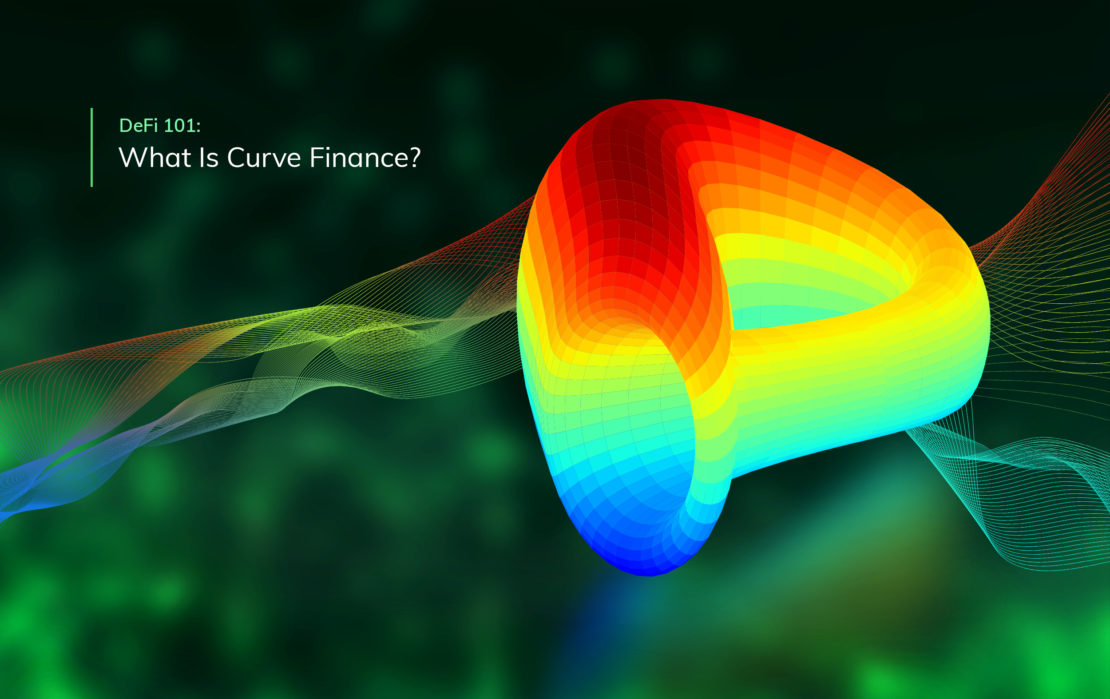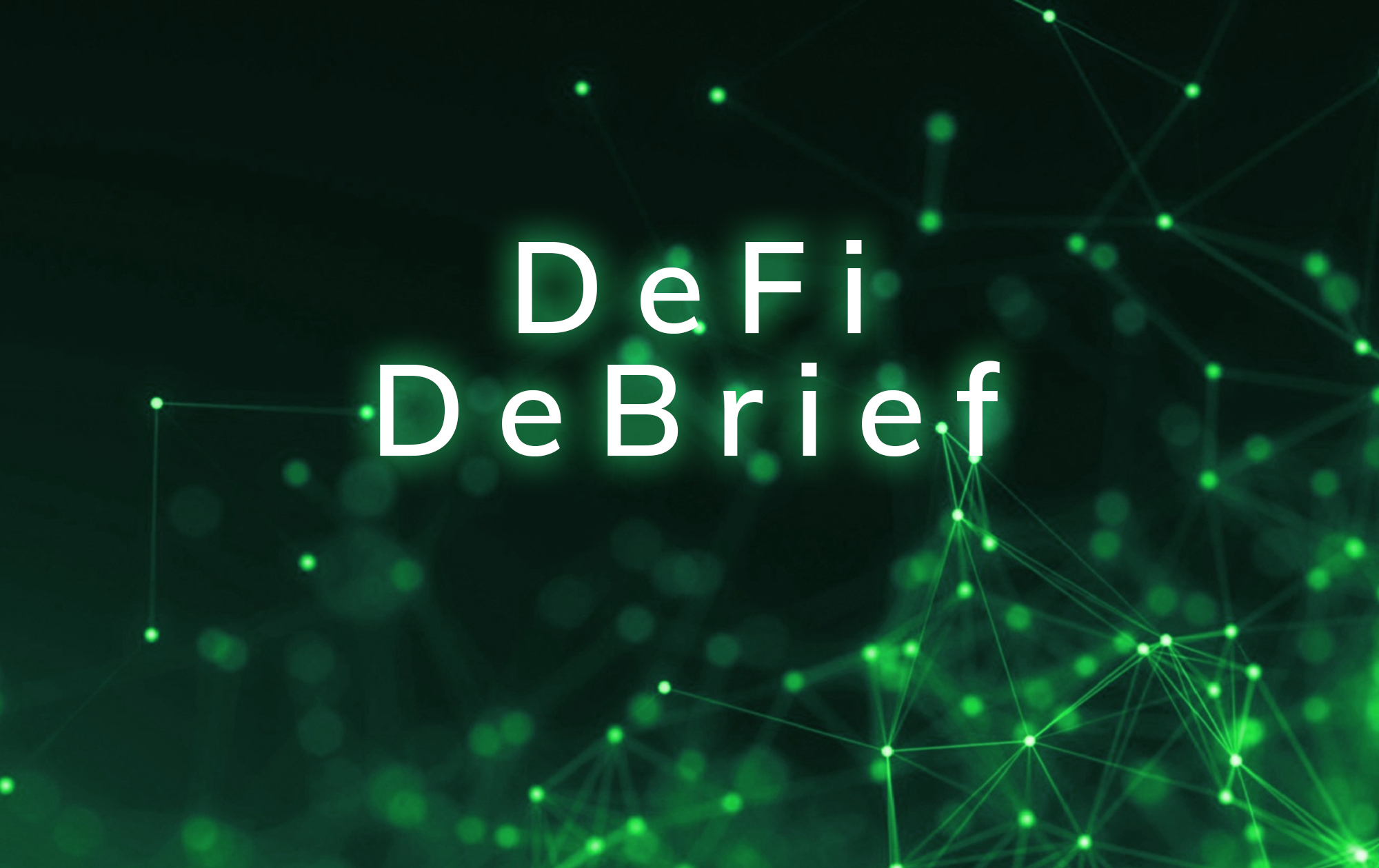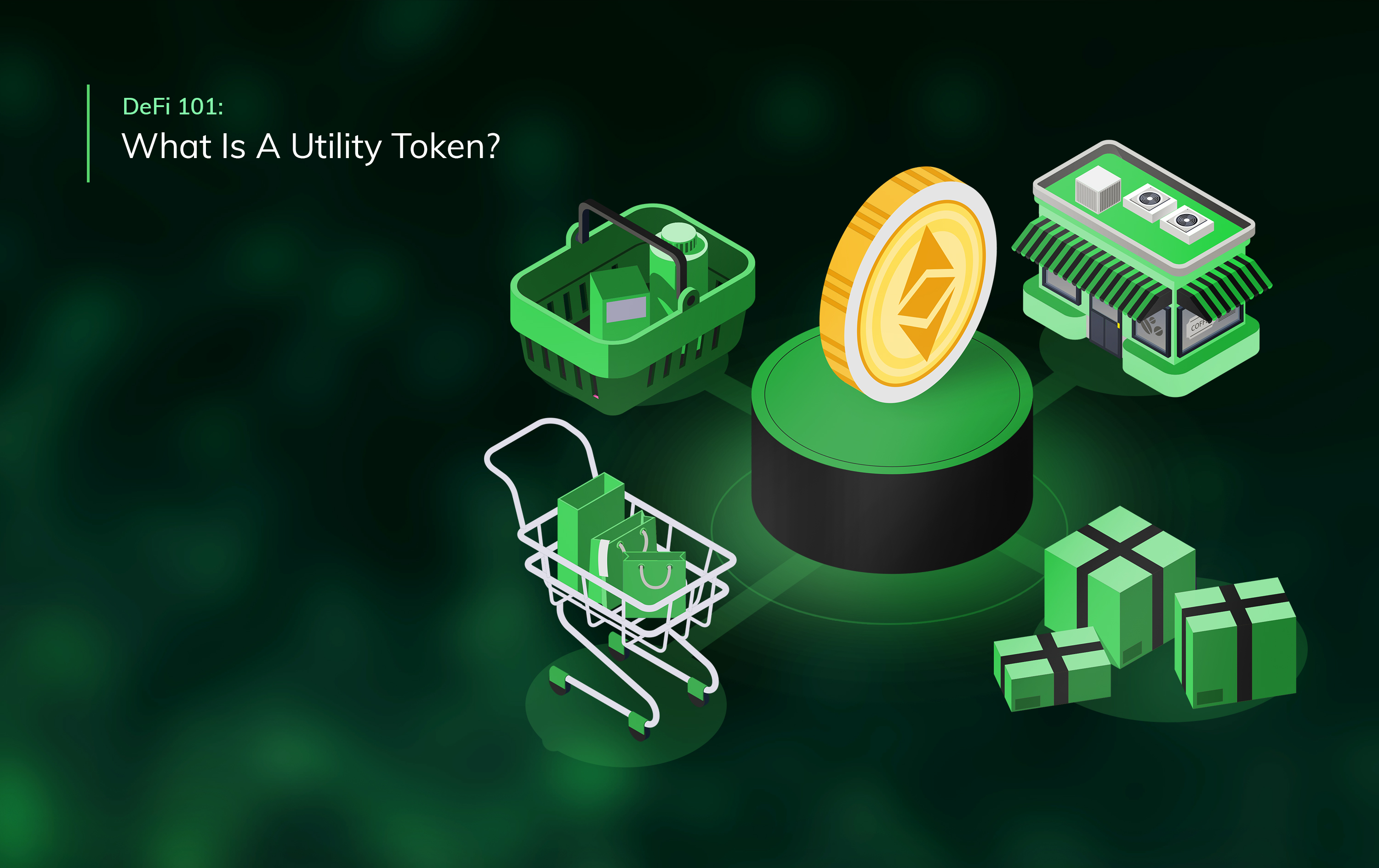DeFi 101: What Is Curve Finance?
Curve Finance is a decentralised exchange (DEx) on Ethereum. It’s specifically designed for trading stablecoins (and other similarly behaving tokens, like wrapped bitcoin) and enables users to swap them with ultra-low slippage and ultra-low fees.
——
One of the great success stories of decentralised finance is the creation of automated market makers (AMM).
The term AMM is just another way of saying decentralised exchange, and they let users trade digital assets without relying on a centralised order book. You see, if you buy crypto at an exchange like Coinbase, you buy directly from other Coinbase users.
Whereas if you buy crypto using an automated market maker, you exchange tokens via a ‘peer-to-pool’ mechanism. All this means is you exchange tokens using a liquidity pool (a shared pot of tokens), not an order book.
Curve Finance is one of the most successful AMMs out there, and what makes it unique is that it’s explicitly designed for exchanging stablecoins.
Let’s start by looking at how that came to be.
Curve Finance: Background
Curve Finance is the brainchild of a physicist named Michael Egorov.
Michael cut his programming teeth building infrastructure tools at LinkedIn before he turned his attention to designing encryption for big data at NuCypher.
He discovered cryptocurrency in 2013 but took a particular shine to DeFi when he found Maker five years on. He then became fascinated by liquid staking, leading him to build an algorithm to create markets for similarly-priced assets.
His work on that algorithm became the foundation for Curve Finance, which Michael launched in early 2020. The protocol enjoyed early traction, but it really took off in the heat of DeFi summer in 2021.
The collapse of UST impacted Curve’s liquidity, but it remains one of the most popular DeFi protocols, operating on Ethereum, Gnosis, Polygon, and other blockchains. How does it work?
Let’s take a look.
How does Curve Finance work?
As we’ve already covered, AMMs rely on liquidity pools. But how do they build these pools in the first place?
In short, AMMs incentivise users to deposit their tokens into the pools by offering them a cut of trading fees. In other words, they say, ‘if you store your tokens here, we’ll pay you a certain APY as our way of saying thanks.’
The AMM then determines the price of each token in a pool using a mathematical formula, and this is where things get interesting. AMMs can optimise their formulas for different factors, with Curve focused on ultra-low fees and ultra-low slippage.
Curve can do this (where others can’t) because it limits its services to ‘similarly behaving’ assets like stablecoins and wrapped tokens. And while this somewhat limits its product, it gives the AMM a distinct advantage.
Liquidity providers may earn lower fees, but they also avoid volatility and enjoy more stability, which has helped Curve become the most efficient AMM around.
What’s more, other innovations help users boost their APY.
Liquidity pools on Curve Finance
Curve finance offers a range of stablecoin liquidity pools.
Each liquidity pool (LP) works via a mechanism called rebalancing, which is a reasonably straightforward process.
Here’s how it works for the USDT-USDC pair:
- You sell USDT via Curve
- This adds more USDT to the pool
- There is now more USDT than USDC
- The LP sells USDT at a marginal discount to incentivize a balance
- This rebalances the USDT:USDC ratio
Curve not only pays liquidity providers a fee for facilitating such trades, it goes one step further: it offers something called composability. Suppose you deposit your USDC on lending and borrowing protocol Compound Finance.
Compound gives you a liquidity token, called cUSDC, and you can use it in Curve’s liquidity pools, amplifying your earning potential from the same investment.
Sounds great, but there’s one more pivotal question.
Is Curve Finance safe to use?
Curve Finance is one of the original DeFi protocols.
There’s never been a hack at the protocol level, which suggests it’s both robust and secure (as the platform will have faced many hack attempts over the years).
That said — midway through 2022, Curve’s website did suffer a hack. The perpetrators took control of the platform’s front end, redirected users to another website, and ultimately got them to sign a nefarious transaction.
A post-mortem showed the issue resulted from a compromise in the hosted domain name service infrastructure, not in Curve, showing the protocol is secure. Still, unless you interact with Curve at the smart contract level, you could have fallen victim to the hack.
That’s why it often makes sense to work with providers who perform security checks at the smart contract level.
Which is precisely what Elitium does.




